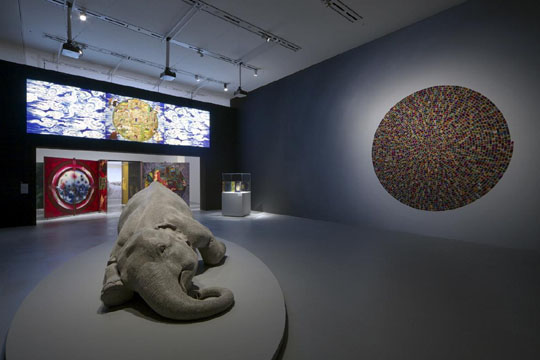Over the last decade or so, India has gone through unprecedented change, from largely missing out on the advances of the 20th century to rapidly becoming a leader of those in the 21st. But while the fragmented media coverage of the country hails its successful IT and biotechnology industries, it also suggests a country of poverty, disasters and secular and religious conflicts. So what is India really about, and is it even possible to understand the country?
"When you talk about India," says Miki Akiko, chief curator at the Palais de Tokyo in Paris, "people think of the technological boom on one side and the spiritual side on the other; or on one side, the rich, and the other side, the poor. But there are a lot of people living just like us, having similar problems, similar hopes and dreams."
Miki is curator of "Chalo! India," a new exhibition at the Mori Art Museum that focuses on contemporary art from the country. "There is a lack of information about contemporary Indian culture," she says. "The idea is for visitors to the show to get an idea of today's India, its society and people, through the artworks. The exhibition aims to give people a different perspective, a different vision."

















With your current subscription plan you can comment on stories. However, before writing your first comment, please create a display name in the Profile section of your subscriber account page.